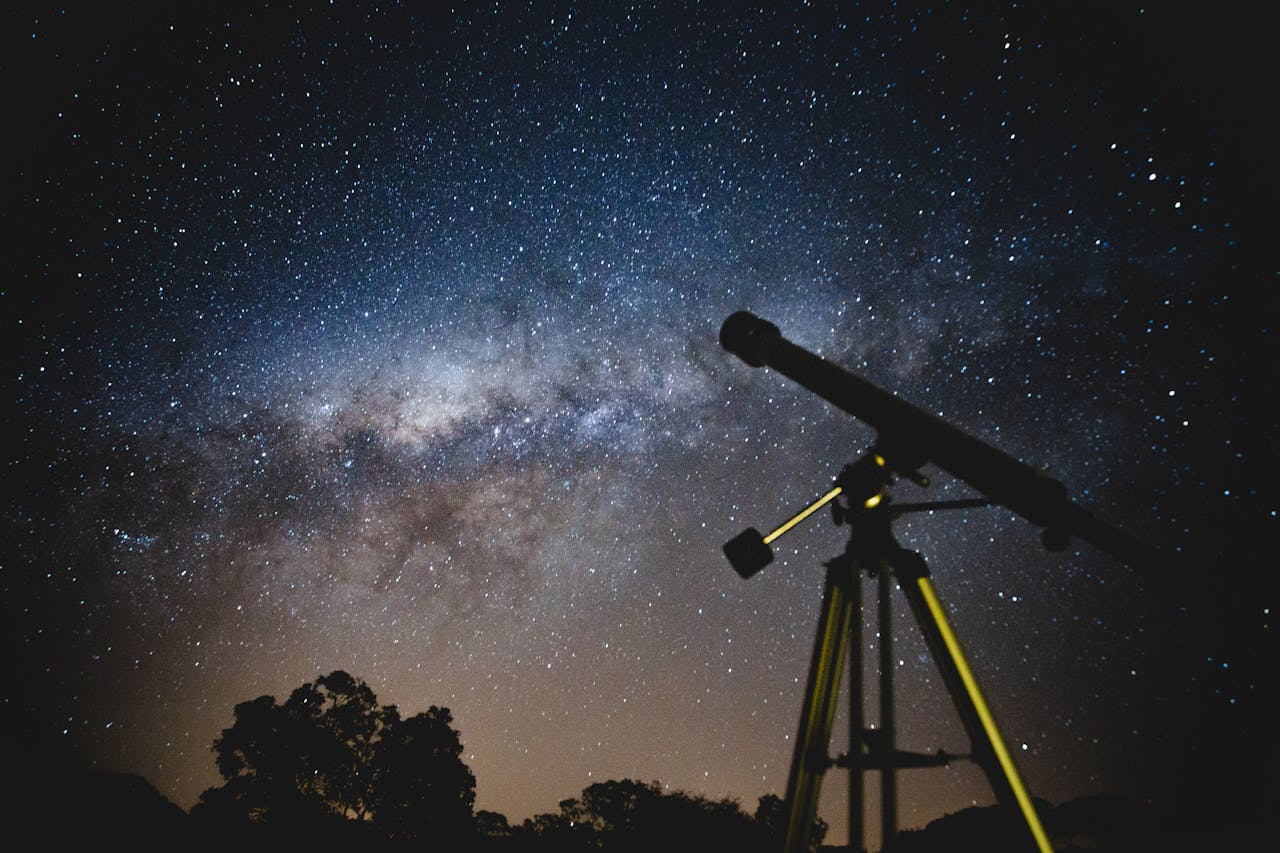Space exploration in 2025 has been an extraordinary journey. From cutting-edge discoveries to daring human achievements, this year has expanded our knowledge of the universe and the technology that allows us to explore it. Astronomers, astronauts, and private companies have all contributed to a series of milestones that highlight both the wonders of the cosmos and the ingenuity of humanity. Here are 15 remarkable space events from 2025.
1. NASA Announces Artemis II Crew
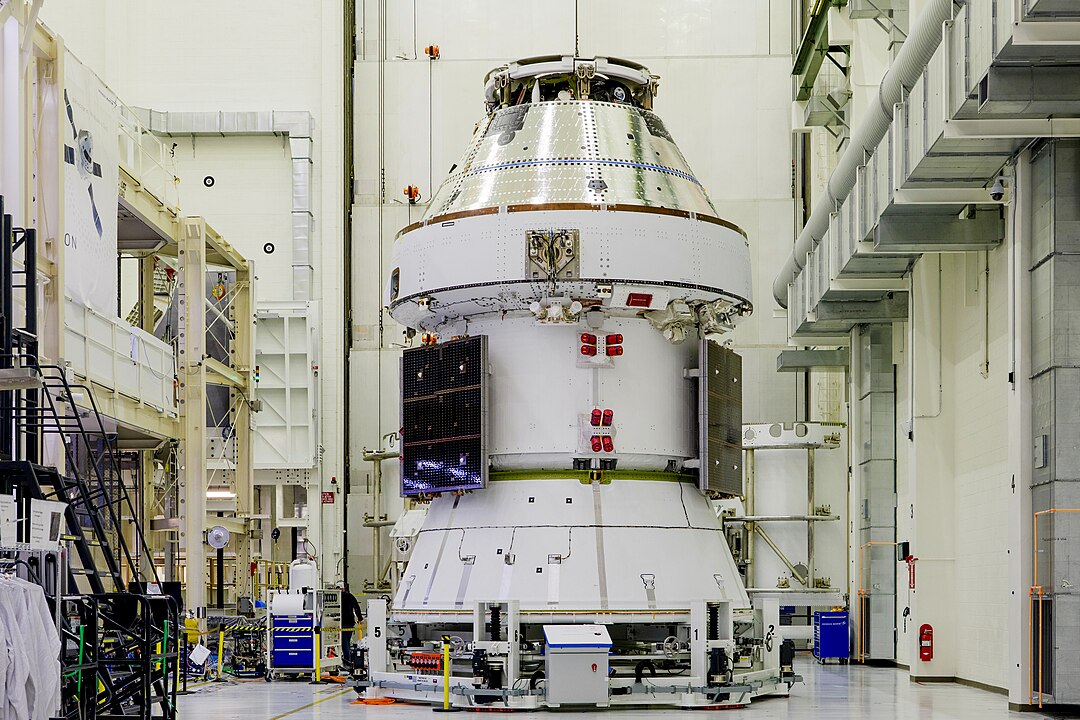
In April 2025, NASA announced the astronaut team for Artemis II, the first crewed lunar flyby since the Apollo missions. The crew includes Reid Wiseman, Christina H. Koch, Jeremy Hansen, and Victor Glover. This mission will test life support, spacecraft performance, and deep-space navigation systems in preparation for a lunar landing. Artemis II is a pivotal step toward NASA’s long-term goal of establishing a sustainable human presence on the Moon, and it lays the foundation for eventual crewed missions to Mars.
2. James Webb Space Telescope Captures Distant Galaxies
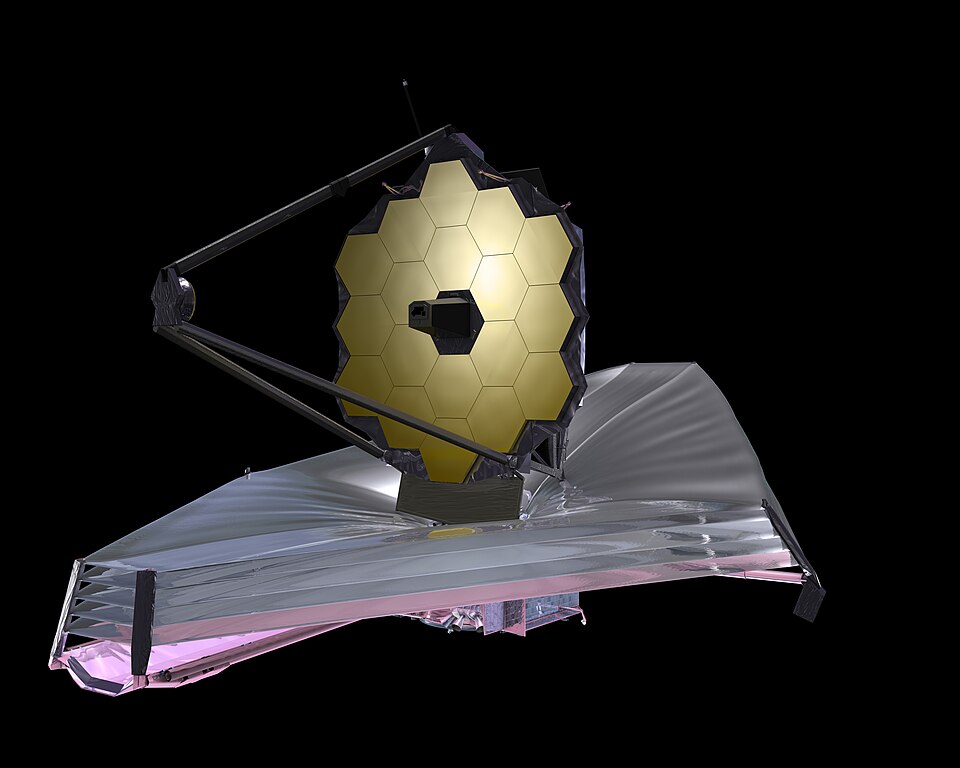
The James Webb Space Telescope (JWST) continued to revolutionize astronomy in 2025. In July, JWST released highly detailed infrared images of galaxies forming over 13 billion years ago. By analyzing light that has traveled for billions of years, scientists can now study the early universe’s star formation, galaxy evolution, and chemical composition. These observations also provide insight into how elements essential for life were formed in the first few billion years after the Big Bang.
3. SpaceX Starship Prototype Achieves Key Test Flights
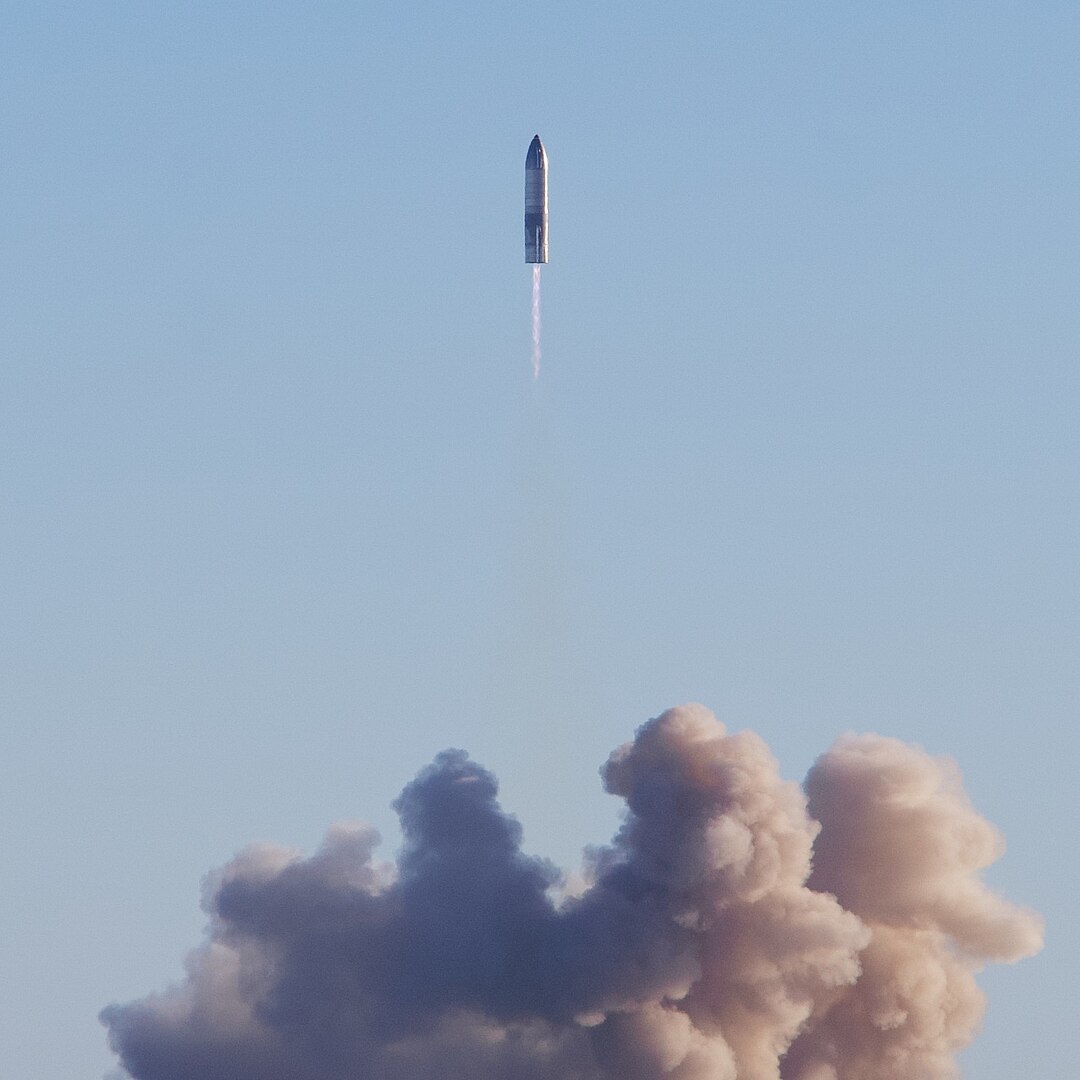
SpaceX conducted several successful high-altitude tests of its Starship prototype in February and August 2025. These tests evaluated reentry systems, aerodynamic stability, and landing precision. Starship, designed to carry both cargo and crew, is intended for Moon missions under NASA’s Artemis program and future Mars colonization. Each successful flight brings reusable interplanetary travel closer to reality, showcasing the rapid development pace of private space exploration.
4. New Exoplanets Discovered
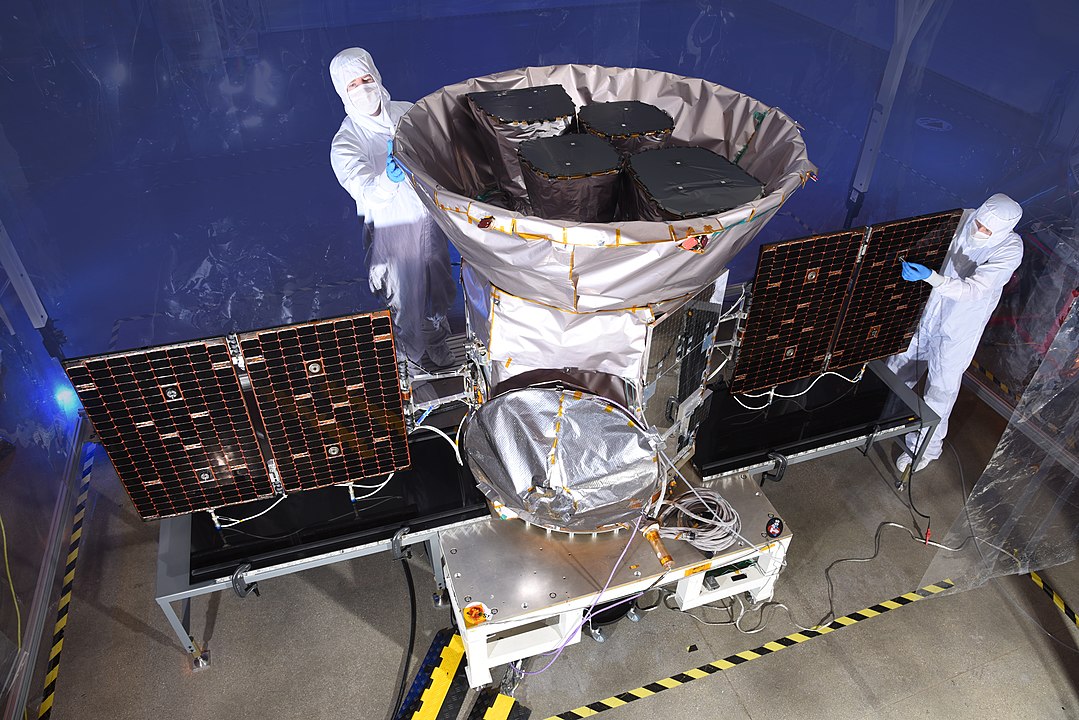
Astronomers using the Transiting Exoplanet Survey Satellite (TESS) and ground-based observatories discovered multiple new exoplanets in 2025. Some of these planets orbit within their star’s habitable zone, where liquid water might exist. Notable discoveries include a super-Earth around Kepler-160 and a mini-Neptune around TOI-1231. These findings enhance our understanding of planetary diversity and provide promising targets in the ongoing search for extraterrestrial life.
5. Perseid and Geminid Meteor Showers Dazzle Observers
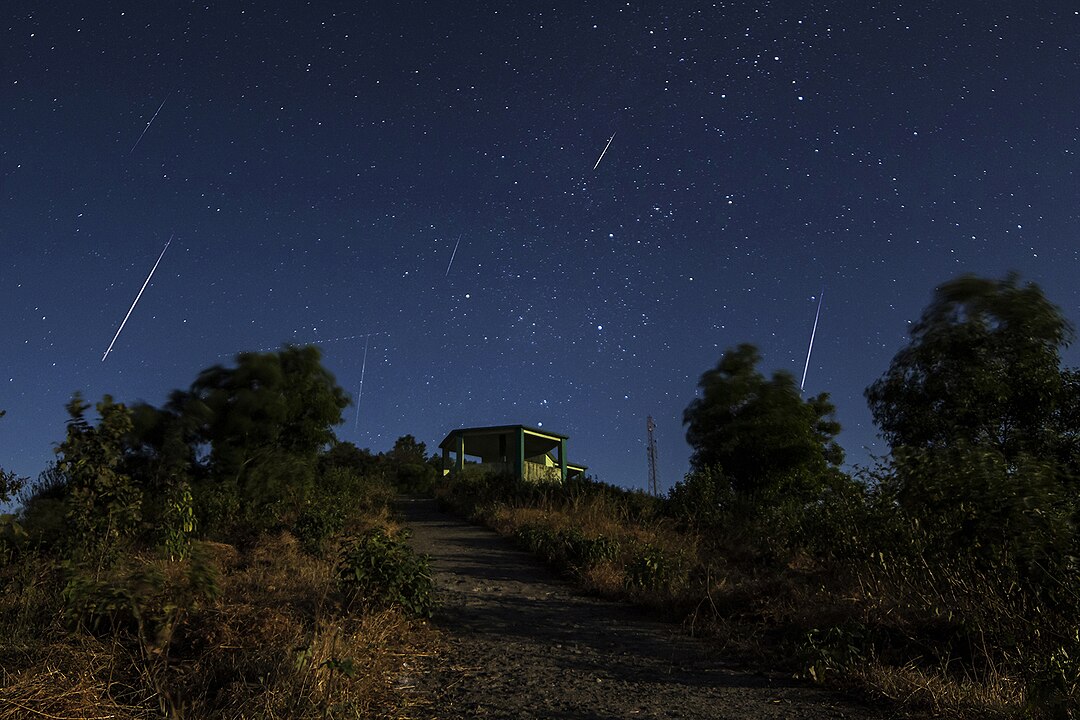
In August and December, the Perseid and Geminid meteor showers offered spectacular views. Observers in dark-sky areas saw up to 100 meteors per hour. These showers occur when Earth passes through debris left by comets Swift-Tuttle and 3200 Phaethon, respectively. Meteor showers not only provide a breathtaking celestial display but also help scientists study small solar system bodies and their compositions.
6. Voyager 2 Reaches 45 Years in Space
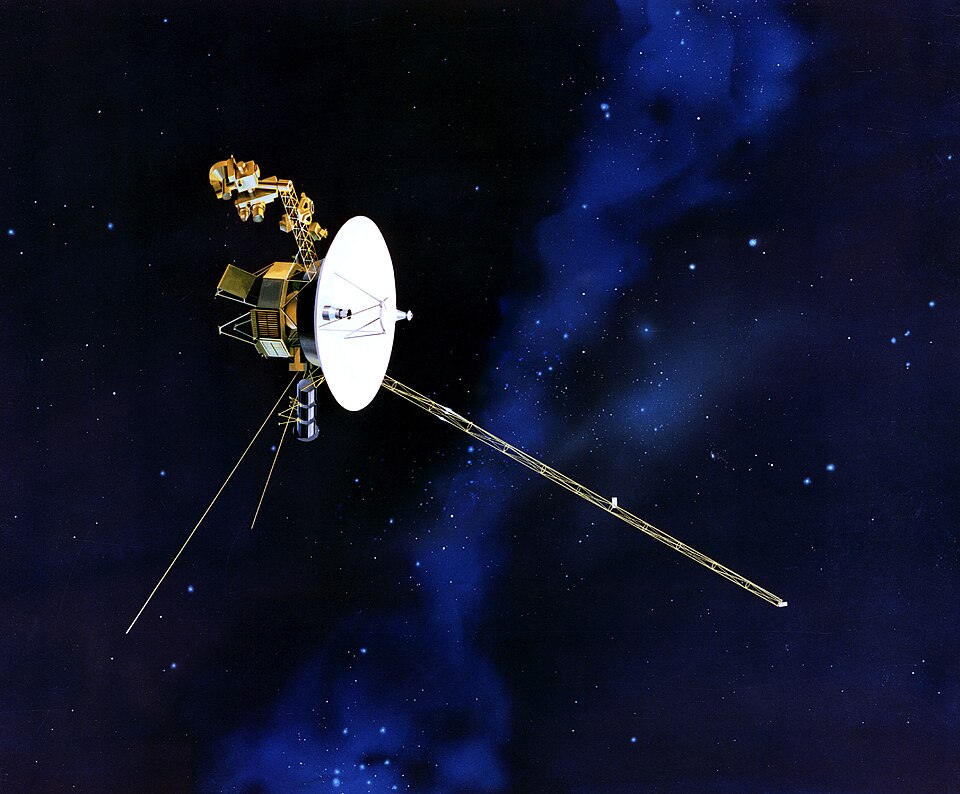
NASA’s Voyager 2, launched in 1977, marked 45 years in space in 2025. Voyager 2 continues to send data from beyond the heliosphere, providing unique measurements of interstellar plasma, cosmic rays, and the solar wind. Its long-term durability offers lessons in spacecraft engineering and continues to inform plans for future deep-space missions.
7. China’s Chang’e Rover Explores the Moon

China’s Chang’e 7 rover, part of the lunar exploration program, made important discoveries in 2025. Operating near the Moon’s south pole, the rover analyzed regolith composition, identified new rock formations, and detected traces of water ice. These findings advance scientific understanding of the Moon’s geology and inform potential future lunar bases.
8. Record-Breaking Solar Flare Observed
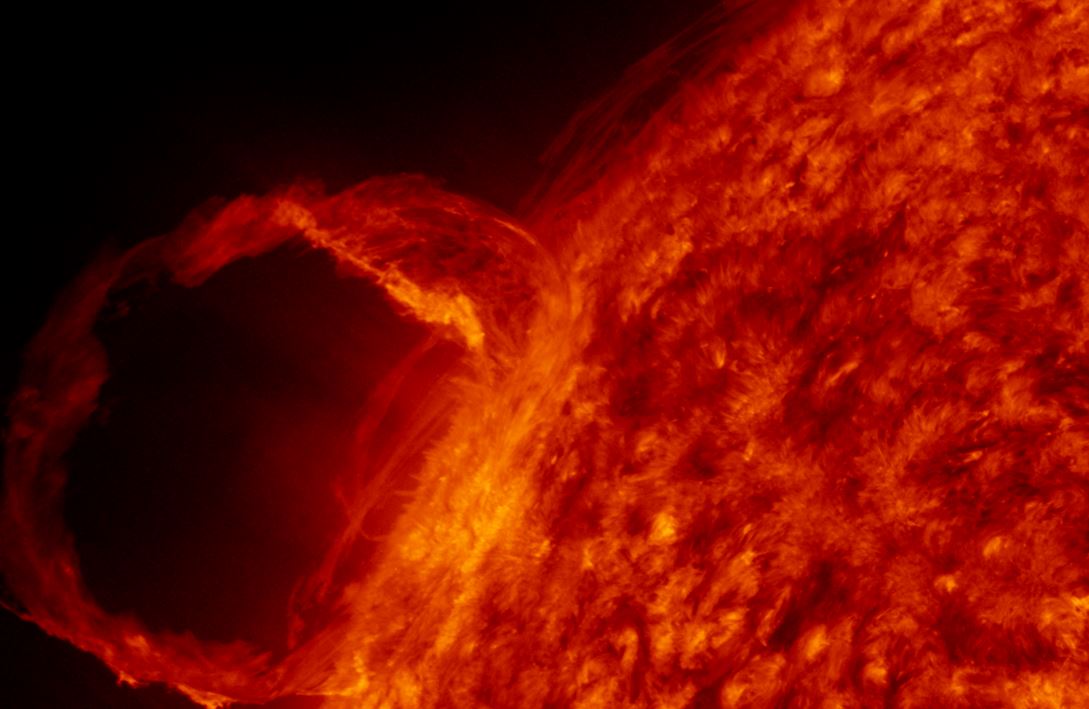
On October 3, 2025, the Solar Dynamics Observatory (SDO) recorded one of the strongest solar flares of the year, classified as X10. Solar flares are bursts of radiation caused by magnetic energy released from the Sun. While harmless on Earth’s surface, such flares can disrupt satellites, communications, and power grids. Studying solar flares helps scientists develop early-warning systems for space weather.
9. Hubble Observes a Supernova in a Distant Galaxy
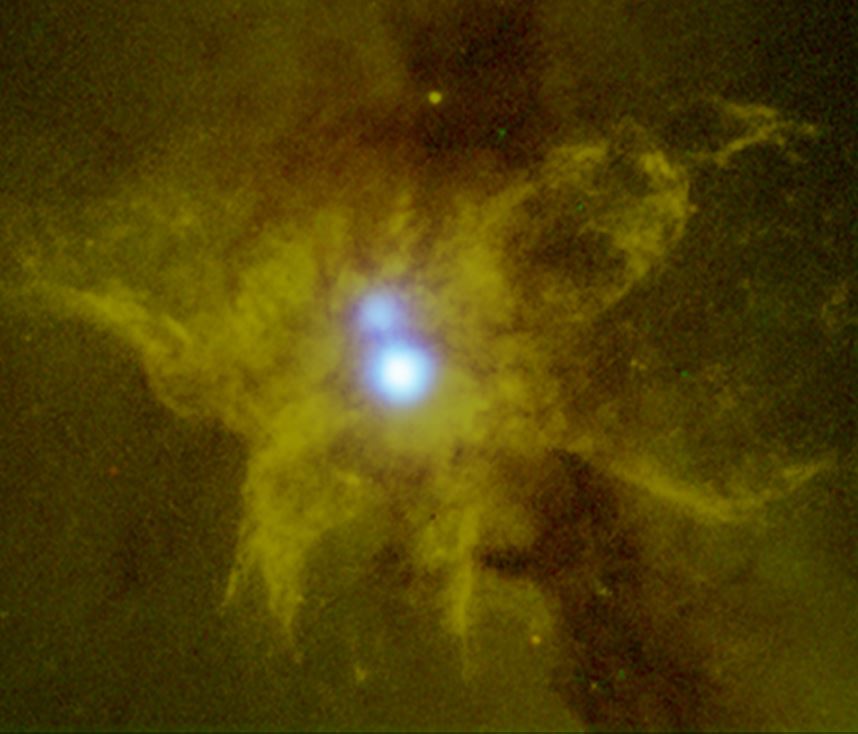
The Hubble Space Telescope captured a supernova in galaxy NGC 6240, located about 400 million light-years from Earth. This type Ia supernova provides crucial information about stellar evolution, the formation of heavy elements, and cosmic expansion. By observing distant supernovae, astronomers can refine models of dark energy and better understand the universe’s accelerating expansion.
10. Fresh Vegetables Grown in Space
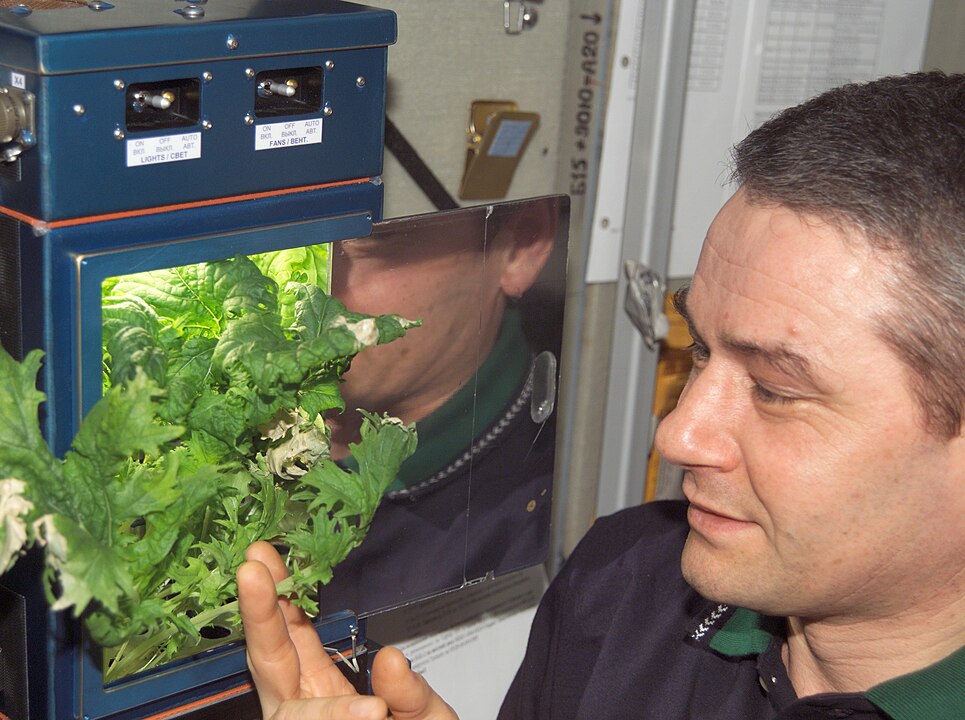
Astronauts aboard the International Space Station (ISS) successfully grew fresh lettuce, radishes, and mustard greens in 2025. Using hydroponic systems and LED lighting, these crops demonstrate the feasibility of sustainable food production in microgravity. Growing food in space is essential for long-term missions to the Moon and Mars, reducing dependence on resupply missions and improving astronaut health.
11. Asteroid Sample Return Mission Success

Japan’s Hayabusa2 mission returned additional samples from asteroid Ryugu in early 2025. These pristine samples provide information about the solar system’s formation and the materials that led to the development of life on Earth. Researchers study the asteroid’s minerals, isotopes, and organic compounds to understand planetary evolution over billions of years.
12. Detailed Images of a Black Hole
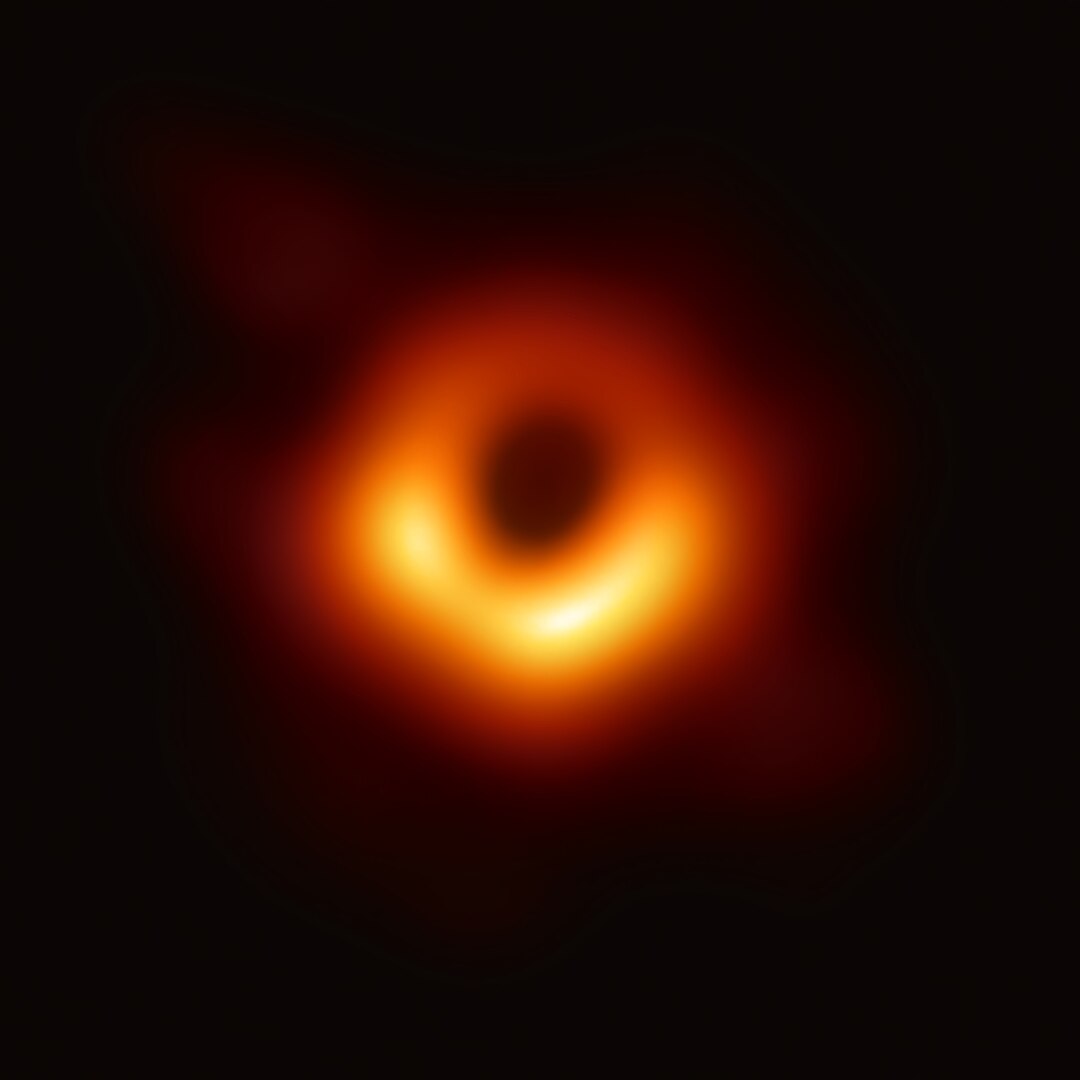
In June 2025, the Event Horizon Telescope (EHT) collaboration released the most detailed images yet of the black hole at the center of galaxy M87. These images show the shadow of the black hole and surrounding glowing plasma. The observations provide further confirmation of Einstein’s theory of general relativity and improve understanding of how supermassive black holes influence galaxy formation.
13. Jupiter’s Storms Captured in Stunning Detail

NASA’s Juno spacecraft continued to deliver breathtaking images of Jupiter’s atmosphere, including the Great Red Spot and polar cyclones. Observations revealed the intricate layers of clouds, wind patterns, and magnetic interactions. Understanding Jupiter’s atmospheric dynamics offers insight into the formation of gas giants both in our solar system and around other stars.
14. Interstellar Object Passes Through Solar System
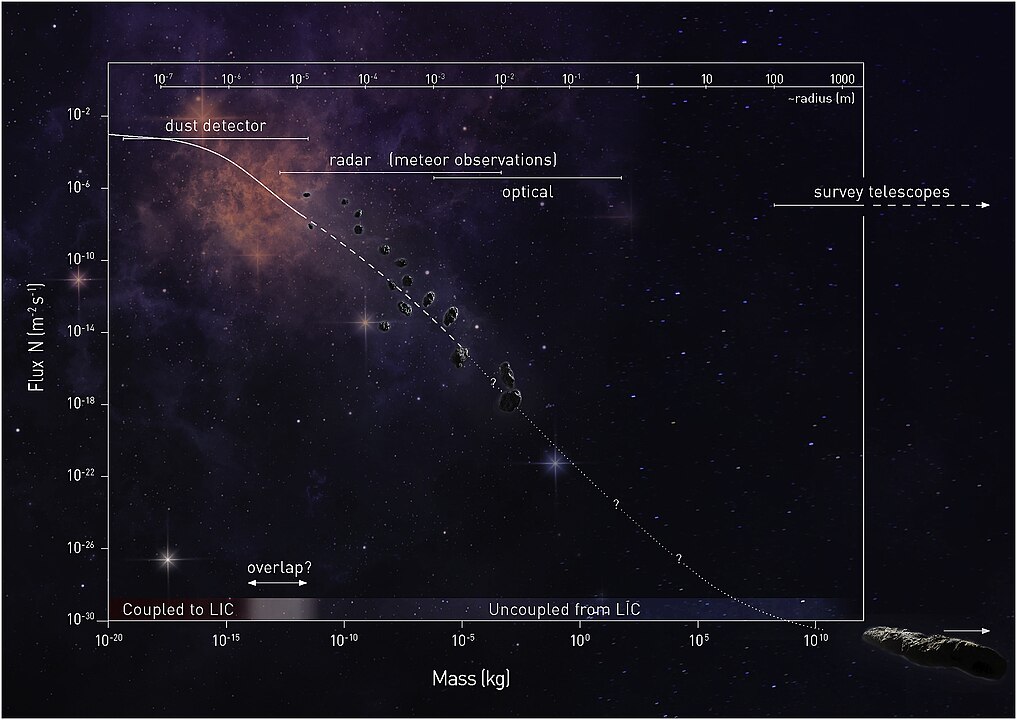
Astronomers observed an interstellar object, designated 2I/Borisov-2, passing through the solar system in August 2025. Analysis of its composition revealed unusual ratios of carbon and oxygen, indicating it originated from a star system different from our own. Studying these rare visitors helps scientists compare planetary systems and refine models of cosmic formation.
15. Commercial Space Tourism Advances

In 2025, commercial spaceflight took a major leap forward. Blue Origin conducted three civilian missions to suborbital space using its New Shepard vehicle, while SpaceX launched the first fully private orbital mission aboard Crew Dragon Freedom in September, carrying four non-professional astronauts for a three-day orbital stay. These flights allowed participants to experience weightlessness, view Earth from space, and participate in small scientific experiments. The expansion of commercial space tourism increases public engagement in space science and demonstrates the potential for routine civilian access to orbit.
